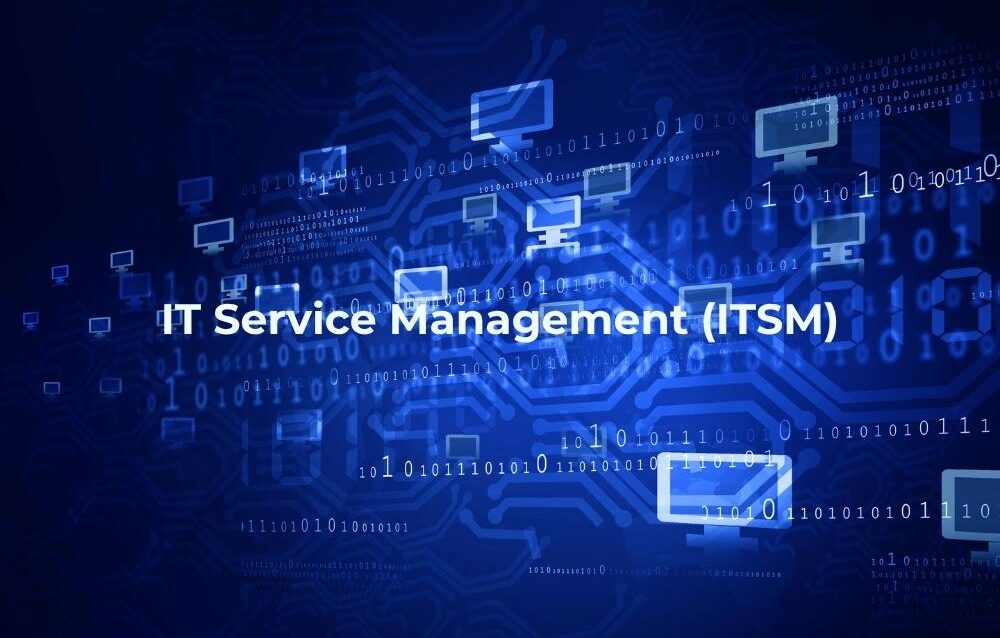IT Service Management (ITSM): A Strategic Approach to Business Technology
In today’s business landscape, technology is the engine of productivity and growth. However, without a structured approach, managing IT can quickly become chaotic and reactive. This is where IT Service Management (ITSM) comes in. ITSM is a professional framework that transforms technology from a series of ad-hoc fixes into a cohesive, proactive service strategy. For business leaders, understanding and implementing ITSM is key to ensuring technology investments deliver maximum return while enhancing reliability, security, and efficiency.
HD Tech, a technology solutions provider founded in 1995, helps businesses in Orange County and Los Angeles leverage professional IT services and IT management to turn technology into a strategic advantage.
The Core Components of ITSM
ITSM goes beyond simply fixing what’s broken. It’s a structured, end-to-end approach to delivering IT as a service. This framework is built on a set of key processes designed to ensure consistent, high-quality, and predictable technology outcomes.
Key ITSM Practices Include:
- Incident Management: The practice of quickly restoring IT services after an unplanned interruption. This focuses on minimizing downtime and getting your business back on track.
- Problem Management: Going a step further than incident management, this process involves identifying and resolving the root cause of recurring issues to prevent them from happening again.
- Change Management: This involves a structured, controlled process for safely implementing changes and improvements to IT systems with minimal disruption to business operations.
- Service Request Management: The process for handling routine IT requests, such as software installations, access permissions, or new equipment procurement, through a streamlined and efficient system.
- IT Asset and Configuration Management: A systematic approach to tracking, managing, and maintaining all hardware, software, and licenses to ensure compliance and optimization throughout their lifecycle.
- Knowledge Management: The crucial practice of creating, sharing, and leveraging information within the organization to resolve issues faster and improve overall efficiency.
From IT to ITSM: A Shift in Perspective
While the terms “IT” and “ITSM” are often used interchangeably, they represent two distinct concepts.
- IT (Information Technology) refers to the physical infrastructure—the hardware, software, networks, and devices your business uses.
- ITSM (IT Service Management) is the discipline that governs how that technology is delivered, maintained, and improved.
Think of it this way: IT is the raw equipment, and ITSM is the professional operating manual and maintenance plan that ensures that equipment runs smoothly. Without ITSM, businesses are often burdened by long downtimes and inconsistent service. With ITSM, technology becomes a predictable, cost-effective, and powerful tool aligned with your business goals.
The Role of ITSM in Driving Business Success
The primary role of ITSM is to align technology services with the overarching needs and objectives of the business. It shifts the focus from a reactive, break-fix model to a proactive, strategic one that supports productivity, security, and sustainable growth.
How ITSM Supports Businesses:
- Standardization & Efficiency: ITSM creates repeatable, efficient processes that reduce errors and minimize downtime.
- Improved User Experience: Whether for internal staff or external clients, a proactive ITSM approach leads to faster and more reliable IT support, enhancing overall satisfaction.
- Enhanced Security & Compliance: Structured processes make it easier to meet regulatory requirements and protect sensitive business data from evolving threats.
- Cost Control: By preventing issues before they occur, ITSM reduces unexpected expenses and improves IT budgeting and planning.
- Scalability: As your business expands, ITSM ensures that your technology systems can scale smoothly without creating bottlenecks or new risks.
Why Business Owners Should Prioritize ITSM
For business owners, ITSM delivers a foundational peace of mind. It ensures that technology doesn’t just function—it operates as a strategic asset that enhances efficiency, mitigates risk, and positions your company for long-term growth. Instead of relying on unpredictable ad-hoc fixes, ITSM provides a reliable and professional framework supported by experts who understand your industry’s specific challenges.
By implementing ITSM, you gain:
- Fewer Disruptions: Proactive monitoring and management help prevent issues before they impact operations.
- Greater Security: Consistent patching, updates, and risk assessments provide robust protection against cyber threats.
- Higher Productivity: Employees spend less time waiting for IT fixes and more time on high-value tasks.
- A Long-Term Strategy: ITSM turns IT into a growth enabler rather than a business barrier.
Take the Next Step Toward Proactive IT Management
If your business is still relying on a reactive, break-fix IT support model, now is the time to explore how IT Service Management can provide the stability, predictability, and efficiency you need. By partnering with a trusted technology solutions provider, you can implement ITSM practices tailored to your business, ensuring maximum uptime and productivity.
Contact HD Tech for IT Service Management Support
Founded in 1995, HD Tech has been helping businesses in Orange County and Los Angeles succeed with reliable IT management. Our team of skilled IT professionals ensures your systems are proactive, secure, and aligned with your growth goals.
For a quote or estimate, contact HD Tech at 877-540-1684.
About the Author
Tom Hermstad is CEO of HD Tech, an established IT solution provider serving businesses since 1995. Tom brings over 25 years of experience guiding organizations through technology growth, cybersecurity challenges, and digital transformation.
Ready to Future-Proof Your IT?
Contact HD Tech for a customized IT assessment or quote—call 877-540-1684.









